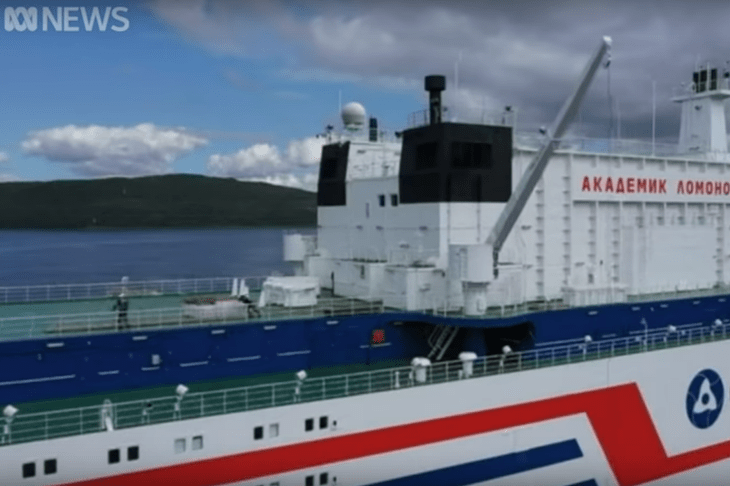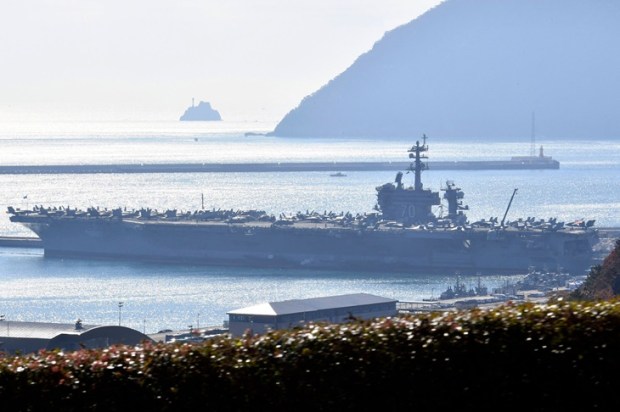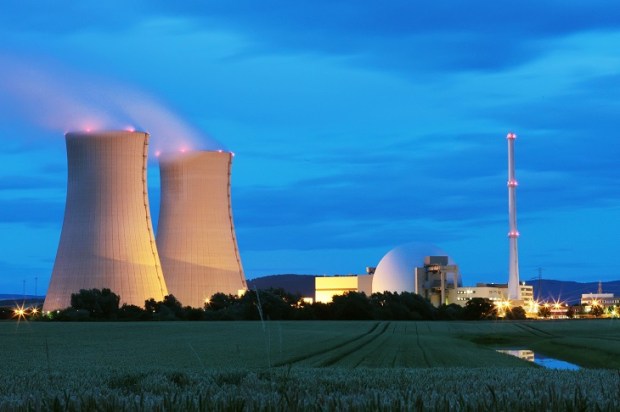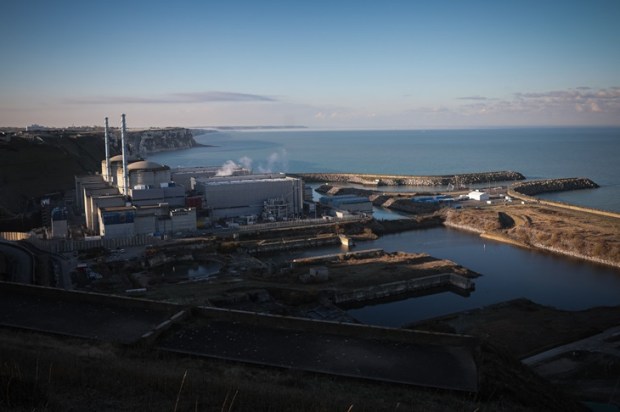About 20 years ago, a seat-warming Senator came out of hiding and declared his thought bubble that Australia’s coast was getting overpopulated and that Australians should consider populating the centre of the country. I challenged the hapless Senator to lead ‘by example’ and set up home in the Simpson Desert.
Already a subscriber? Log in
Subscribe for just $2 a week
Try a month of The Spectator Australia absolutely free and without commitment. Not only that but – if you choose to continue – you’ll pay just $2 a week for your first year.
- Unlimited access to spectator.com.au and app
- The weekly edition on the Spectator Australia app
- Spectator podcasts and newsletters
- Full access to spectator.co.uk
Or


























Comments
Don't miss out
Join the conversation with other Spectator Australia readers. Subscribe to leave a comment.
SUBSCRIBEAlready a subscriber? Log in